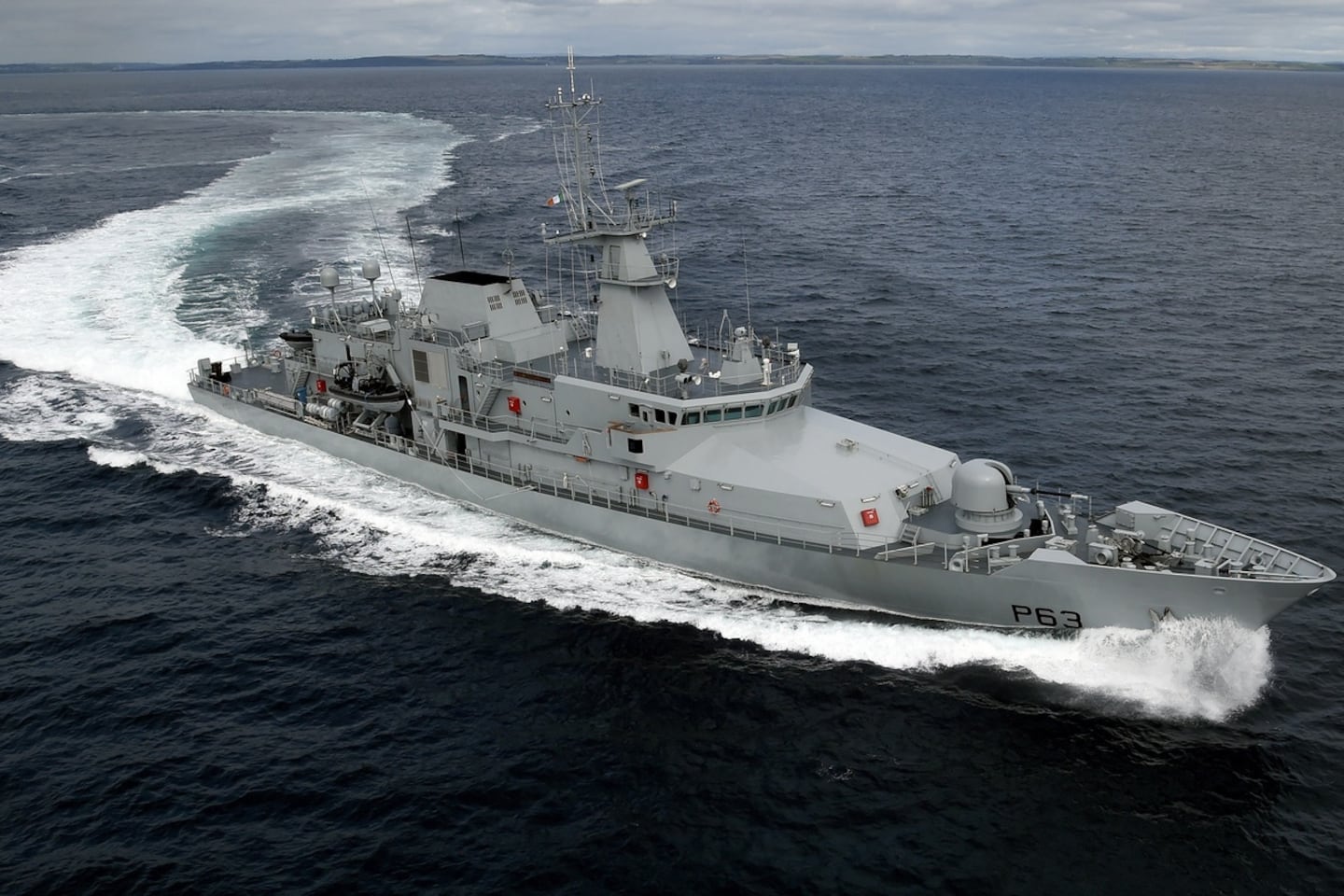More than 500 CCTV cameras have been installed at Irish horse racing courses as part of anti-doping measures TDs have been told.
The Irish Horseracing Regulatory Board (IHRB) has told the Dáil’s Public Accounts Committee (PAC) that a delayed CCTV project is “largely complete” with systems in all 25 racecourse stable yards “now live and operational”.
The PAC had previously raised concerns at delays to the project, and in a report published in January, recommended the nationwide roll-out of cameras be completed “without further delay”.
The provision of CCTV in stable years has been a contentious issue since the Viking Hoard case when the Charles Byrnes-trained horse was ‘nobbled’ with a sedative by an unidentified third party at Tramore in 2018.
RM Block
Byrnes got his licence suspended for six months after being found “seriously negligent” by leaving the horse unsupervised for a significant period.
The Co Limerick trainer in turn argued there were gaps in the investigation due to the absence of CCTV pictures that might have eliminated or identified possible culprits.
On the back of the case, it emerged that most tracks in Ireland did not have CCTV in stable yards, something that has been mandatory in Britain for years.
Aside from the new cameras the IHRB’s equine anti-doping programme involves taking samples for testing from horses at the racecourse and in the course of stable inspections.
It said that of 5,417 samples taken in 2022 only 11 returned “an adverse analytical finding” – a rate of 0.2 per cent.
An independent review of the IHRB Equine Anti-Doping Programme by Dr Craig Suann, published in April 2022, found that it does “at least match international best practice in most respects and has made significant advances in recent years.”
However, he also recommended that CCTV be rolled out to all racecourses including cameras in the sampling units at each location.
In his letter to the PAC IHRB chief executive Darragh O’Loughlin said that this had been done.
He said that since late 2021 the organisation’s CCTV project “encountered delays relating to the tendering process and potential legal challenges to same” as well as “unanticipated” ducting and electrical works required before installation in some locations. Delays were also caused by stable redevelopment at some racecourses.
Mr O’Loughlin wrote: “The delays were not caused by and were outside the control of the IHRB”.
He added: “Nevertheless, we are pleased to advise the Committee that the CCTV installation project is largely complete” with only “minor snagging work” remaining at a small number of locations.
PAC chairman, Sinn Féin TD Brian Stanley has described the progress on the project as “welcome” and “positive”, adding: “It’ll be good for horse racing.”
The cost of the project was estimated at €500,000 in 2021.
The IHRB told The Irish Times this estimate predated the conclusion of the tendering process and the final cost “will not be available until the full completion of the project and the finalisation of the accounts”.




















